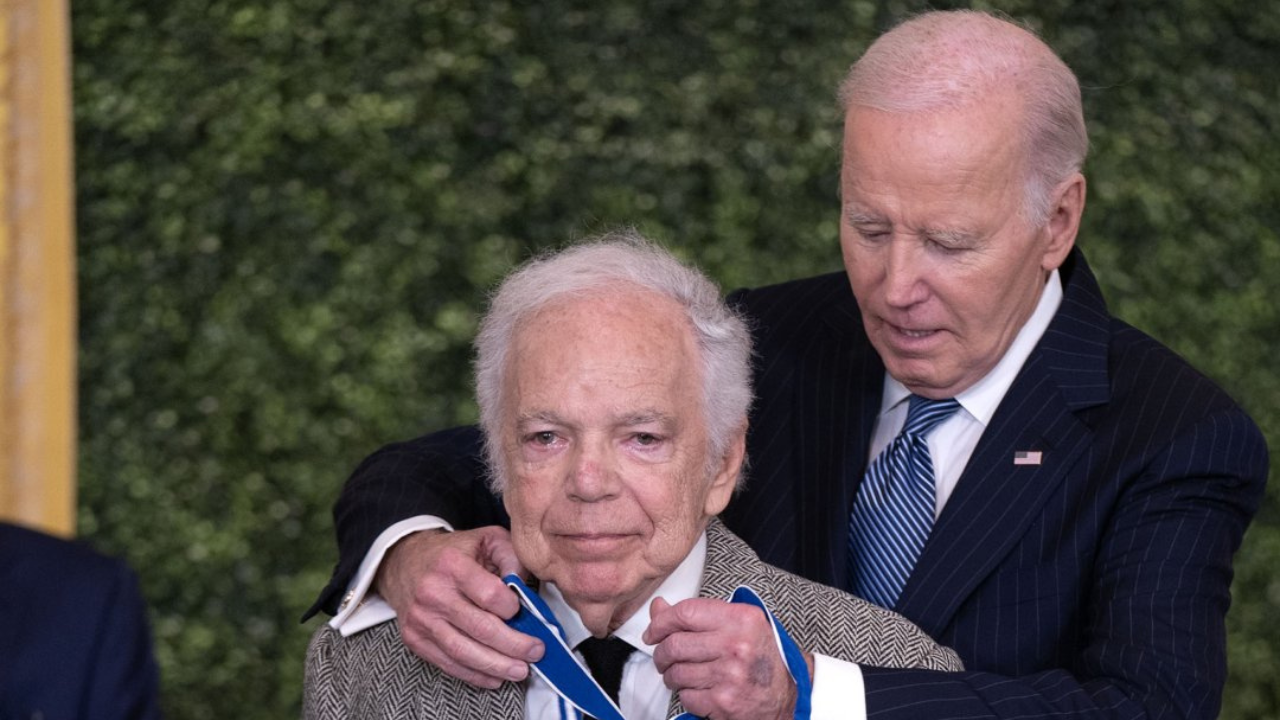Article content MILAN — Milan’s Pinacoteca di Brera museum, conceived under Napoleon as a “little Louvre,” is finally getting a modern art addition first envisioned more than 50 years ago with the recent reopening of Palazzo Citterio, home to one of the world’s most important collections of 20th century Italian art. Recommended Videos Completing the project long beset by shifting priorities, periods of neglect and most recently an ill-fated architectural vision was a priority for Brera director Angelo Crespi when he took over in January. The Palazzo Citterio opening completes a decades-old vision for a “Grande Brera,” which encompasses also the Pinacoteca and the Braidense National Library, just as it takes on greater heft in the Italian cultural landscape.
From Dec. 2, the Grande Brera also incorporated into its fold Leonardo da Vinci’s “Last Supper,” arguably Italy’s most famous masterpiece. The fragile wall mural is located in a church complex a kilometer (half a mile) away from the Pinacoteca and Palazzo Citterio.
The merger creates a system of state-run museums in Milan that boosts Brera’s cachet and gives Crespi significant autonomy in their management, including control over 80% of revenue. Combined, the “Last Supper,” and the Pinacoteca di Brera, receive 1 million visitors a year, and take in more than 10 million euros (C$15 million) in revenue, Crespi said. As a single entity, they are among the top 10 most-visited sites in Italy.
Crespi h.



















